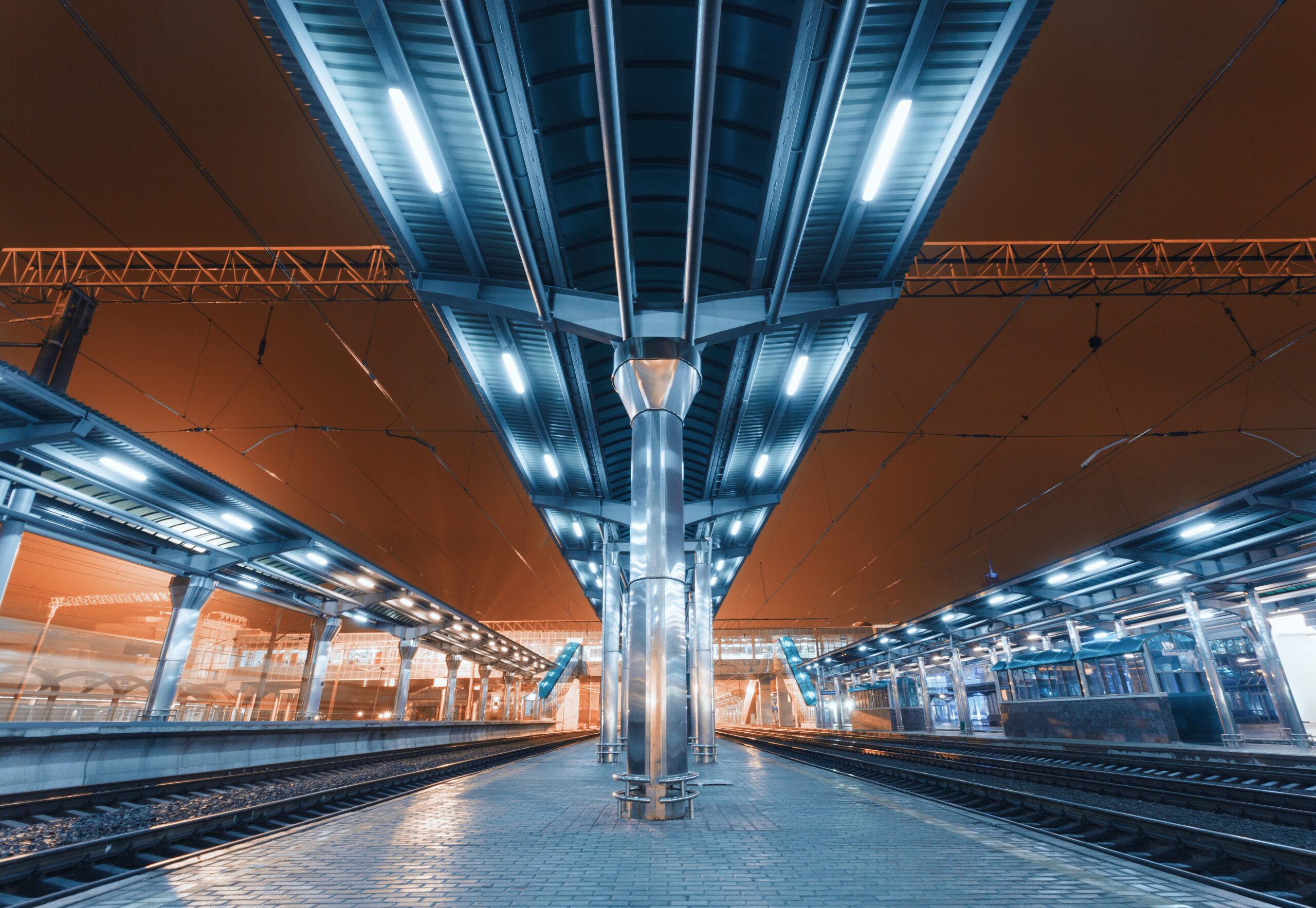In the realm of the post-pandemic era, smart cities have become the new normal.
No matter what we think about the changing notions of how municipalities and organizations work. Still, it won’t be a hyperbole to say that the COVID-19 pandemic has ascertained the very fact of conserving resources, promoting sustainability, and enhancing the productivity and efficiency of infrastructure.
Then, be it a building’s infrastructure or an entire community consisting of cities. Still, it has become imperative and notable that smart cities flourish in far better ways than anyone envisaged quite a few decades ago.
Smart Lighting, as the name suggests, is the ability to remotely turn on and off the light, as people expect now in a smart device.
However, remotely controlling light is just the beginning of the possibilities of what smart lighting fixtures are capable of doing, and that’s evident when we see the potential benefits of what smart Lighting has to do with our lives, and that is quite evident when we look at how it is revolutionizing the ways of lighting our lives in better ways.
Smart Lighting uses intelligence tools, enabling a city and city infrastructure to use the maximum of the light from the minimum of the resources, reducing the most considerable energy expense, providing the lighting control that utilizes the time when lights are needed, thereby consuming only what is required, mitigating the extra incurred costs.
This, in turn, allows organizations to re-invent how the municipalities deliver the smart city projects and promote the idea of a sustainable future for the generations.
Recent research suggests that city lighting constitutes 40% of the cost of a smart city project, which is a massive number.
Such essential project initiatives allow corporates and municipalities to leverage the benefits of an intelligent lighting system contributing to a smart city project.
Factors such as the rise in need for sustainability, energy conservation, and deploying efficient systems help attain a smart city project that has been widely accepted across the countries.
United Nations’ SDG (Sustainability Development Programs) also provides a benchmark for organizations and municipalities to deliver projects that are not only cost-effective but also efficient and productive.
AI and Smart Cities: The Growth Decider
Now, the question that beckons institutions and government agencies is the effective deployment of AI to increase the profitability of a Smart City project.
Like smart water management and smart parking management, bright light, too, has achieved cult status, preferred by professionals and government agencies, simultaneously catering to their sustainable needs.
Another revolutionary breakthrough of a smart city project is the application of the lamp posts across the streets, which utilizes IoT-enabled devices, and sensors to deliver a smart, efficient, and productive ecosystem for a smart city project.
Furthermore, the devices get fitted with additional sensors and use Wi-Fi network hotspots, adjusting the lamps to contain the brightness based on the presence of pedestrians.
The moving vehicles employ a real-time mesh network to trigger neighboring lights and create a safe circle of light around a human occupant across the overall value chain of a smart city project.
There have been multiple potential benefits of smart lighting projects, a few of which focus on implementing innovative governance that adds to the convenient life for their inhabitants, and that’s where the intelligent infrastructure becomes of utmost importance.
Smart governance implies using ICT intelligently to improve decision-making through better collaboration across several stakeholders, including government and citizens delivering data, evidence, and other resources to strengthen decision-making and governance compliance toward the citizens’ needs.
Conclusion
How AI takes Smart Lighting to the next level is known to all.
Call it the benefits of a smart digitized approach or the effective utilization of ICT and sensors but delivering smart Lighting to smart city projects has just added another feather to how AI and IoT work together in tandem to add value not only to a smart city project but also to the lives of citizens and communities altogether.
 EN
+1 669-231-8743
EN
+1 669-231-8743
